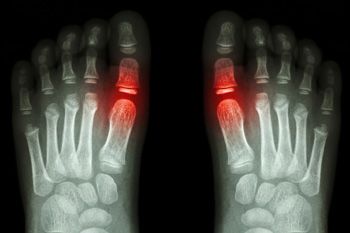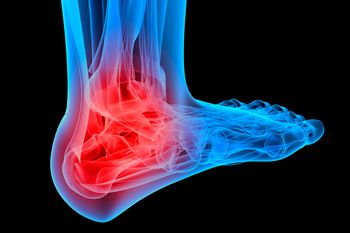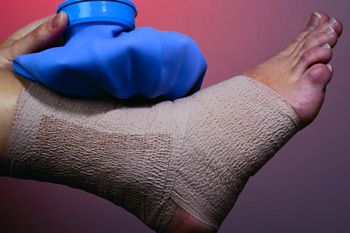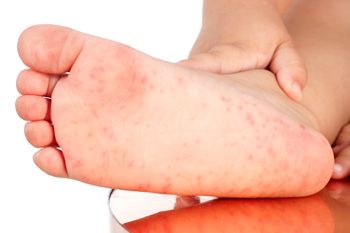Toe and Forefoot Fractures
Nearly One-fourth of all the Bones are in the Feet
Nearly one-fourth of all the bones in your body are in your feet, which provide you with both support and movement. A broken (fractured) bone in your forefoot (metatarsals) or in one of your toes (phalanges) is often painful but rarely disabling. Most of the time, these injuries heal without operative treatment.







